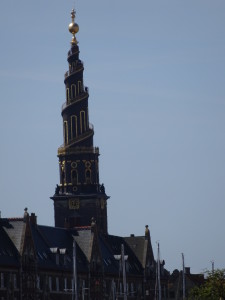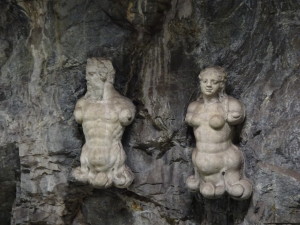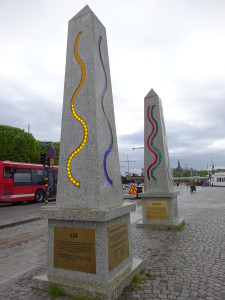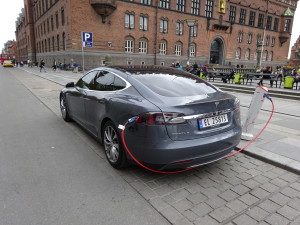The Lincoln Group of DC had the privilege of being invited to the DACOR Bacon House, a historic landmark in Washington DC, for a luncheon highlighted by Kenneth Winkle, author of Lincoln’s Citadel: The Civil War in Washington, D.C. Dr. Winkle’s talk was enlightening, and the DACOR Bacon House was spectacular.
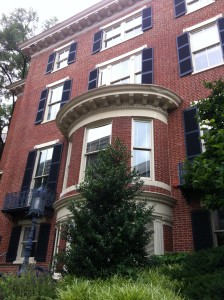
Sitting just two blocks away from the White House, this early 19th-century house has withstood the onslaught of modern government buildings as it served a succession of important personages of the ages. Supreme Court Chief Justice John Marshall lived there, as did a later Chief Justice, Melville Fuller, several Associate Justices, a former Governor of Maryland, a Senator from Illinois, a Representative from New York, and the odd heiress and countess, all of whom have called the house home over is nearly 200 year history.
Currently the house provides a charming manor for members of DACOR, the Diplomatic And Consulate Officers, Retired, to meet. Members can drop in any time for meals, drinks, and lectures such as the Winkle talk that I was able to attend. Usually restricted to DACOR members, Executive Director Susan Cimburek invited members of the Lincoln Group of DC to join the talk because of the superb liaison work of Elizabeth Smith Brownstein, author of Lincoln’s Other White House.
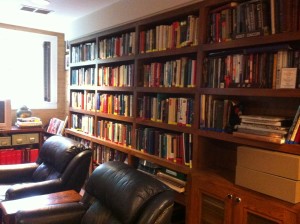
Besides the Civil War topic of this particular speaker, the house has another, more direct, connection with Abraham Lincoln. During the Civil War the house was owned by William and Sally Carroll, with whom the Lincoln’s became good friends. Despite the trials of the ongoing war, the Lincoln’s found occasion to visit with the Carrolls and even attended the wedding of their daughter. When tragedy struck in early 1863, taking the life of little Willie Lincoln, he was kept in the Carroll’s mausoleum until April of 1865, when his body rode back to Springfield on the same funeral train that carried the assassinated President.
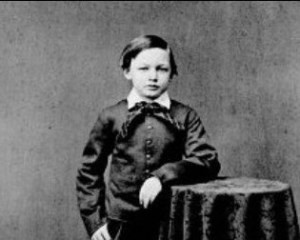
As Vice-President of Outreach and Education for the Lincoln Group of DC I want to again thank Susan Cimbulek and Elizabeth Smith Brownstein for arranging our presence at this lecture. We will be continuing our collaborations in the future, so stay tuned.
David J. Kent has been a scientist for over thirty years, is an avid science traveler, and an independent Abraham Lincoln historian. He is the author of Tesla: The Wizard of Electricity and the e-book Nikola Tesla: Renewable Energy Ahead of Its Time. He is currently writing a book on Thomas Edison.
Follow me by subscribing by email on the home page. And feel free to “Like” my Facebook author’s page and connect on LinkedIn. Share with your friends using the buttons below.



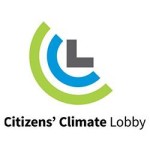 This week the Citizens’ Climate Lobby (CCL) held its 6th annual International Conference in Washington, DC. The keynote speaker was Dr. Katharine Hayhoe, an atmospheric scientist at Texas Tech University in Lubbock, Texas. In addition to being a climate scientist, Hayhoe is an evangelical Christian, which generally would be irrelevant to the discussion except that she, with her husband, pastor Andrew Farley, wrote
This week the Citizens’ Climate Lobby (CCL) held its 6th annual International Conference in Washington, DC. The keynote speaker was Dr. Katharine Hayhoe, an atmospheric scientist at Texas Tech University in Lubbock, Texas. In addition to being a climate scientist, Hayhoe is an evangelical Christian, which generally would be irrelevant to the discussion except that she, with her husband, pastor Andrew Farley, wrote 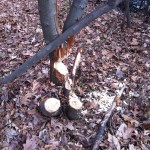 Recently I marveled at the nature around us, and then today I realized how much of it is no longer there. This point was emphasized as I read the following:
Recently I marveled at the nature around us, and then today I realized how much of it is no longer there. This point was emphasized as I read the following: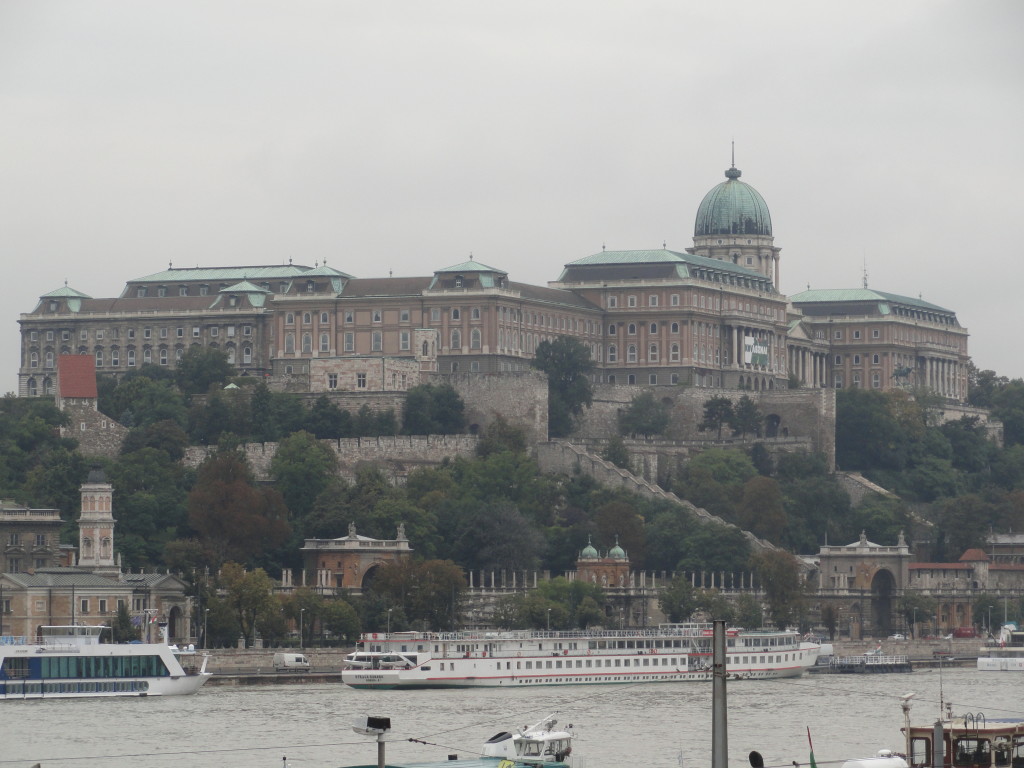
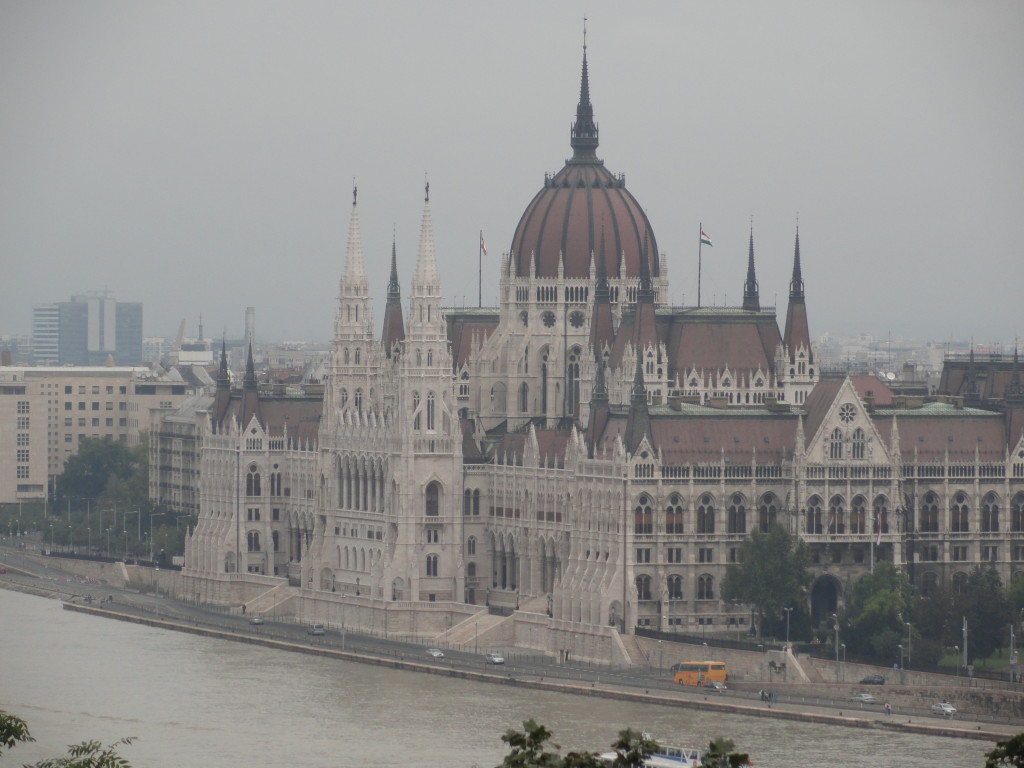
 It should go without saying that when you deny reality long enough, eventually reality makes you look foolish. Climate deniers have been denying the science behind man-made climate change for so long that they have lost even the illusion of credibility. They have become their own worst enemy, and as such have put themselves on a path of complete irrelevancy.
It should go without saying that when you deny reality long enough, eventually reality makes you look foolish. Climate deniers have been denying the science behind man-made climate change for so long that they have lost even the illusion of credibility. They have become their own worst enemy, and as such have put themselves on a path of complete irrelevancy.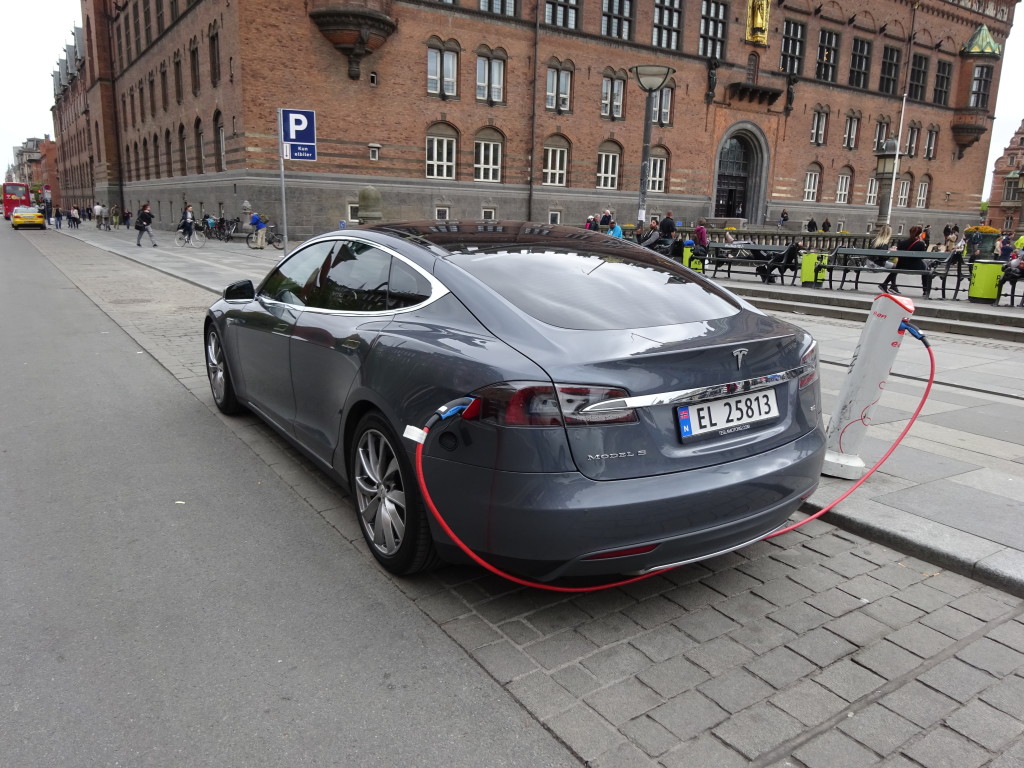

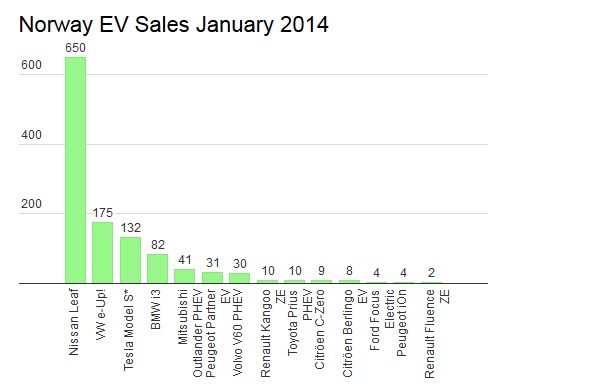
 Book Review: The People’s Republic of
Book Review: The People’s Republic of 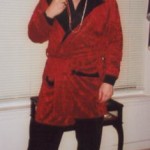 The Puppet Suit
The Puppet Suit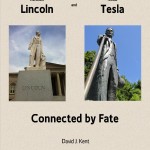 As I’ve mentioned before,
As I’ve mentioned before, 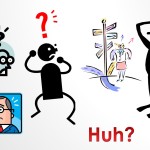 Last week we took a look at how climate scientists can communicate the science to policy-makers, so today in Part 3 we’ll look at how scientists can communicate directly with the public. Together these are a three-part series on how to
Last week we took a look at how climate scientists can communicate the science to policy-makers, so today in Part 3 we’ll look at how scientists can communicate directly with the public. Together these are a three-part series on how to 